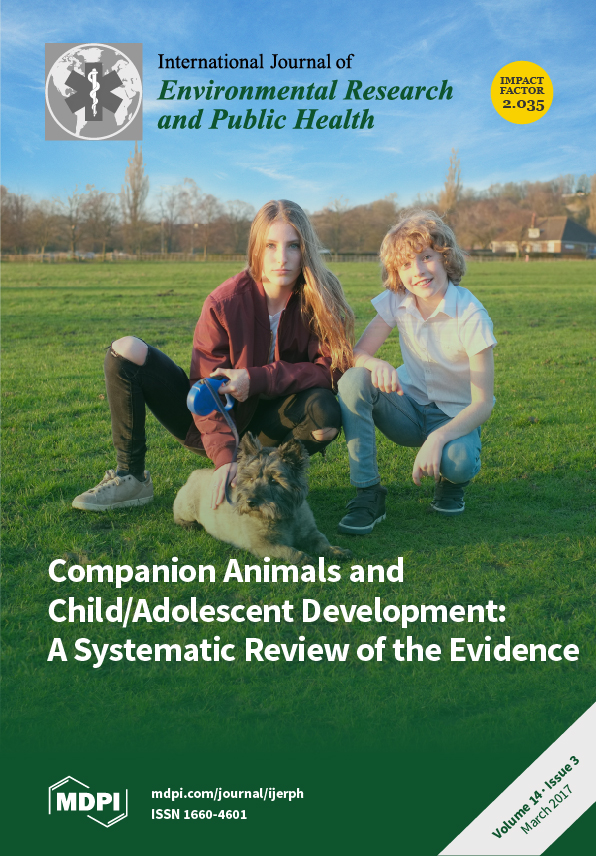Background: Current levels of traffic-related air pollution (TRAP) are associated with the development of childhood asthma, although some inconsistencies and heterogeneity remain. An important part of the uncertainty in studies of TRAP-associated asthma originates from uncertainties in the TRAP exposure assessment and
[...] Read more.
Background: Current levels of traffic-related air pollution (TRAP) are associated with the development of childhood asthma, although some inconsistencies and heterogeneity remain. An important part of the uncertainty in studies of TRAP-associated asthma originates from uncertainties in the TRAP exposure assessment and assignment methods. In this work, we aim to systematically review the exposure assessment methods used in the epidemiology of TRAP and childhood asthma, highlight recent advances, remaining research gaps and make suggestions for further research.
Methods: We systematically reviewed epidemiological studies published up until 8 September 2016 and available in Embase, Ovid MEDLINE (R), and “Transport database”. We included studies which examined the association between children’s exposure to TRAP metrics and their risk of “asthma” incidence or lifetime prevalence, from birth to the age of 18 years old.
Results: We found 42 studies which examined the associations between TRAP and subsequent childhood asthma incidence or lifetime prevalence, published since 1999. Land-use regression modelling was the most commonly used method and nitrogen dioxide (NO
2) was the most commonly used pollutant in the exposure assessments. Most studies estimated TRAP exposure at the residential address and only a few considered the participants’ mobility. TRAP exposure was mostly assessed at the birth year and only a few studies considered different and/or multiple exposure time windows. We recommend that further work is needed including e.g., the use of new exposure metrics such as the composition of particulate matter, oxidative potential and ultra-fine particles, improved modelling e.g., by combining different exposure assessment models, including mobility of the participants, and systematically investigating different exposure time windows.
Conclusions: Although our previous meta-analysis found statistically significant associations for various TRAP exposures and subsequent childhood asthma, further refinement of the exposure assessment may improve the risk estimates, and shed light on critical exposure time windows, putative agents, underlying mechanisms and drivers of heterogeneity.
Full article





